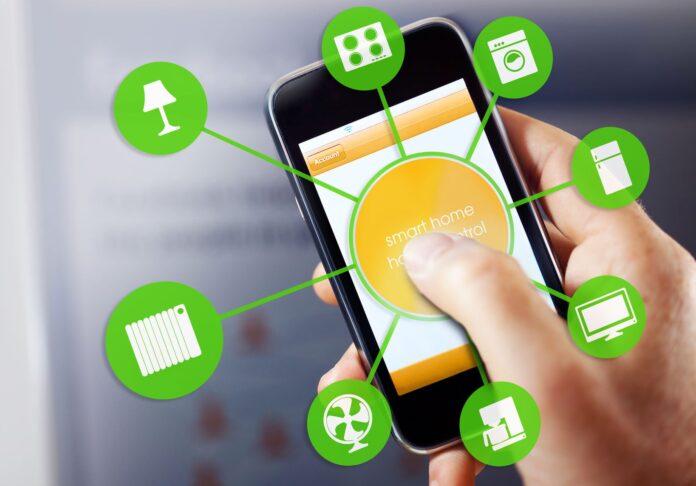Applications are key to user experience of smart home and consumer-facing “Internet of Things” products – but those apps are dogged by slow performance and in many cases, traditional home security companies are lagging when it comes to how well their smart home apps are pleasing customers, according to new analysis by Argus Insights.
The firm said it examined around 50,000 user reviews on smart home products from August 2015 to the present, focusing on customers’ impressions of smart home applications in particular.
“Software is the first hump in the consumer journey after installation and smart home consumers are overall more frustrated with applications than with actual devices. While users remain less than delighted with smart home apps overall, their perception is slowly improving,” Argus concluded.
Argus also found customers may not like the hardware from brands like Vivint Skyand Honeywell the best, but a better app experience and more “consistent experience” with those brands made customer more satisfied with their overall solutions.
“The incumbent players, the ones that people really expect are leading the charge today – the ADTs, the AT&Ts – are actually disappointing consumers. They’re ripe for disruption,” said John Feland, CEO of Argus Insights. “The experience itself is poor enough that customers are actively looking for alternatives, like Honeywell.”
Feland said consumers expect smart home apps to be as well designed as the products they support, since they are forced to download and utilize those apps if they want to leverage the hardware, and “there is a big gap caused by the app, between what the devices does and what the app enables.”
Feland pointed to two significant issues: the many wireless technologies at work in IoT products, from Bluetooth or Zigbee to Wi-Fi and Bluetooth Low Energy, may mean those interactions are less than smooth and can cause issues with syncing and latency if it is not well-integrated with handsets. This can lead to glitches, slow responsiveness or negative feedback loops where a customer attempts to turn off a light multiple times because the app is lagging. Argus found the most common complaint about smart home products was speed and/or performance. Feland also noted the amount of traffic on a home network, such as streaming video, can also impact the performance of smart home apps.
“Users are short on positive feedback, but often complain of ‘major delays’ and generally ‘slow’ and ‘unresponsive’ interfaces. One major pain point persists around video streaming, with reports of videos going ‘black every few seconds’ and ‘extremely long’ load times when attempting to view content through applications,” Argus said.


